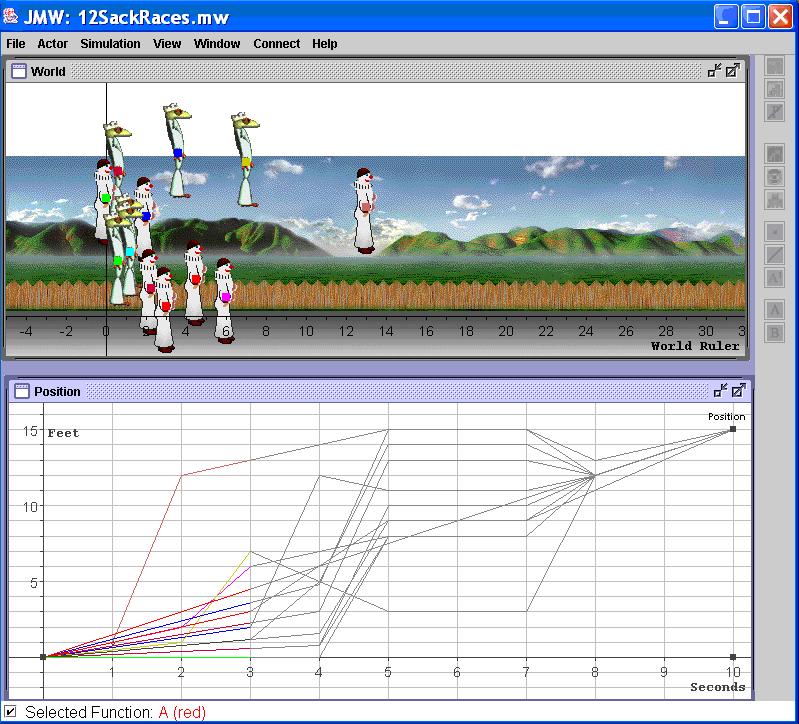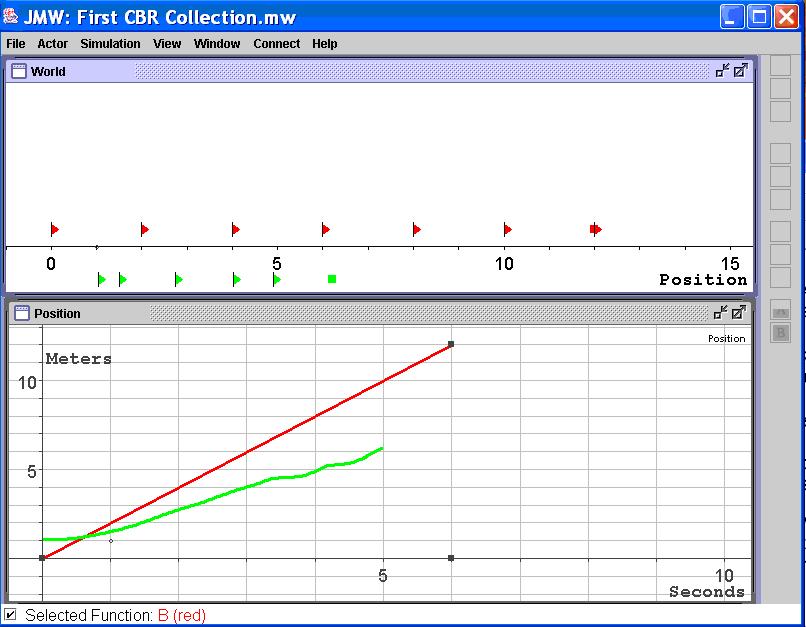Mathematics Education (Signadou)
Welcome to the Wireless Networked Classroom
Towards Excellence in Mathematics Teaching
When I try to nominate my most effective and powerful lessons over many, many years of teaching students mathematics, I have little hesitation: they were always those lessons in which students were actively engaged in building skills and understandings related to the "big issues" of mathematics, those that cross the boundaries and permit students a glimpse of the connected whole rather than just the isolated parts. Very often, such lessons involved the use of some form of technology which scaffolded their learning, supporting them and allowing them to see and reach further than would be possible normally. The most powerful learning occurred when that technology was linked to physical involvement on the part of the students, such as occurs when working with LOGO and students take on the role of the "turtle robot". My other favourite example of such learning involves the use of a motion detector and graphing calculator, by which student movement instantly took on graphical form, and concepts such as "y-intercept" becomes "starting point"; "gradient", "rate of change" and "derivative" are forever after linked in mind and body to velocity of motion. The best mathematics learning occurs when it is active, personal and powerful in its implications.
For some years now a team at the University of Massachusetts, under the directorship of Jim Kaput, have been building tools which embody these criteria. Their MathWorlds software is based upon the premise that mathematics needs to be about something, and that the "big ideas of calculus" can be made accessible from a very early age.
Using "actors", "worlds" and real-time animation linked to graphical display, this software (freely available online for Windows, Macintosh and Texas Instruments handhelds) provide powerful tools for student engagement and the building of understanding. When this format is linked to students’ own motion using the TI-83Plus and TI-Ranger motion detector, another level of interactivity emerges.
But when all these ingredients are supported within a collaborative connected classroom using TI-Navigator, we begin to understand what the mathematics classroom of tomorrow really should be about! Students develop their own scenarios, tell their own stories graphically using the handheld, then have all these files collected and amalgamated into a "class parade" of motion, in which each player has a role. Other applications involve students working in pairs or small groups each being allocated a number which they build into their graph – perhaps as starting point or gradient, then merging with those of others to physically investigate the properties of straight lines and gradients.
By all means, use this marvellous technology to make your life simpler as a teacher: use it to deliver, collate and mark multiple-choice tests whenever appropriate. But ensure that you use it more often to build higher-order thinking, deep knowledge and understanding, physical engagement, substantive communication and so much more. Our most powerful teaching tool has always been the question. This system raises questioning to new levels. No longer a random, hit-and-miss attempt to guess what is in the minds of students, classroom communication systems offer the possibility of knowing immediately whether students understand, and how well they understand. Excellence in mathematics teaching and learning suddenly appears much closer!

Room 206 Phone 02 62091142





 Stephen Mark
ARNOLD
Stephen Mark
ARNOLD